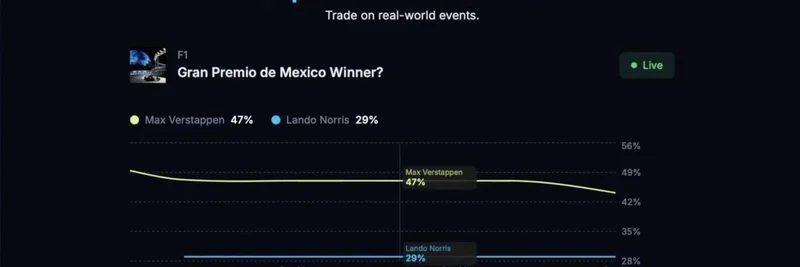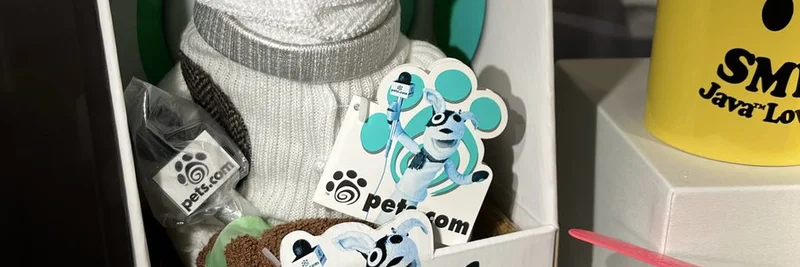In the volatile world of cryptocurrency, where prices can swing wildly in minutes, it's easy to get caught up in the endless stream of explanations for why things are happening. But as crypto commentator MartyParty points out in a recent X post, "Price makes narrative." This simple yet profound statement cuts through the noise, reminding us that the stories we hear often follow the price action, not the other way around.
MartyParty, a well-known figure in the crypto space as a macro analyst and computer scientist, breaks it down clearly. He warns that there are countless accounts and influencers ready to spin tales about why prices are moving up or down. These narratives, as he calls them, are frequently tools used by "whales"—large holders of crypto assets with enough capital to influence the market. Whales prey on traders' emotions, using public news events and broader economic happenings to shake out weak hands and accumulate more holdings while boosting trading volume.
For those new to the term, whales are essentially the big fish in the crypto ocean. They hold massive amounts of Bitcoin (BTC) or other tokens, allowing them to buy or sell in ways that move the entire market. This manipulation is especially rampant on lower timeframes, like hourly or daily charts, where leveraged traders—folks betting with borrowed money—get liquidated, meaning their positions are forcibly closed when prices hit certain thresholds.
But MartyParty advises zooming out to higher timeframes, such as weekly or monthly charts, where the trend is unmistakably upward. He ties this to real-world economics: Bitcoin tends to follow the global money supply, which is expanding and expected to continue doing so through 2026 and beyond. Even without official quantitative easing (QE) announcements from the US, rate cuts are on the horizon, potentially starting in just 30 days. QE, for the uninitiated, is when central banks pump more money into the economy, often leading to asset price inflation—including crypto.
This perspective is particularly relevant for meme token enthusiasts. Meme coins, like Dogecoin (DOGE) or newer entrants built on hype and community, are even more susceptible to whale manipulation and narrative-driven pumps and dumps. A single tweet from an influencer or a viral news story can send prices soaring or crashing, but as MartyParty suggests, it's often the price action orchestrated by whales that creates the story, not vice versa. By ignoring the short-term noise and focusing on macroeconomic drivers, meme token holders can better navigate these wild rides.
The post sparked a lively discussion in the replies. For instance, user @_ClassicCrypto humorously noted that prices move "because of the little red and yellow lines on the chart," poking fun at technical analysis overload. Others, like @BlockT4lk, echoed the call to focus on higher timeframe trends and macro forces for true success in crypto. Even skeptics chimed in, with @RealNimona pointing out that not every move is whale-driven—factors like ETF inflows, on-chain liquidity, and correlations with other assets play roles too.
Yet, the core message resonates: Turn off the noise. In a space filled with FOMO (fear of missing out) and FUD (fear, uncertainty, doubt), sticking to fundamentals like money supply growth can help you avoid emotional traps. As @bitcodyy replied, realizing this is when you "finally begin to win."
For blockchain practitioners and meme token fans alike, MartyParty's advice is a timely reminder. Whether you're hodling Bitcoin or chasing the next big meme, understanding that narratives often serve the whales can sharpen your strategy. Keep an eye on those high-level trends, and let the price tell its own story—without getting manipulated along the way.
If you're diving deeper into meme tokens and want more insights on how macro trends affect them, check out our knowledge base at Meme Insider for the latest on blockchain innovations and trading tips.


